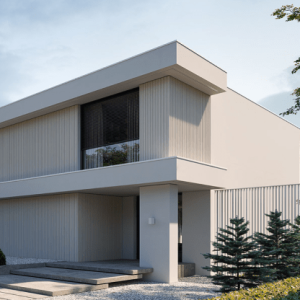How Pune Metro Phase 2 is Reshaping Real Estate Investment Opportunities in 2025?
With PMAY 2.0 targeting 1 crore families and offering up to ₹2.5 lakh financial assistance, Pune’s affordable housing segment is experiencing a fundamental transformation. This comprehensive analysis reveals how the scheme is reshaping buyer behavior and market dynamics.
PMAY 2.0 Complete Eligibility & Benefits Matrix (2025)
Understanding PMAY 2.0’s Enhanced Benefits
The upgraded Pradhan Mantri Awas Yojana Urban 2.0, effective from September 1, 2024, represents a significant evolution from its predecessor. The scheme now provides financial assistance of up to ₹2.5 lakh per unit for eligible beneficiaries, with enhanced focus on vulnerable groups including widows, single women, and differently-abled individuals.
Interest subsidies range from 3% to 6.5% depending on income categories: EWS and LIG families receive 6.5% subsidy, MIG-I gets 4%, and MIG-II receives 3%. This tiered approach ensures broader accessibility across income segments while maintaining affordability focus.
Pune’s PMAY Implementation Success
Pune has emerged as a model implementation city for PMAY 2.0, with over 24,000 property registrations recorded in March 2025 alone. The city’s success stems from effective coordination between PSCDCL (Pune Smart City Development Corporation Limited) and various implementing agencies.
The four implementation verticals are showing strong performance in Pune:
- Beneficiary-Led Construction (BLC): ₹1.5 lakh assistance for EWS families
- Affordable Housing in Partnership (AHP): Public-private collaboration for larger projects
- Affordable Rental Housing (ARH): New focus on urban migrants and working poor
- Interest Subsidy Scheme (ISS): Credit-linked subsidies for eligible home loans
Market Impact and Pricing Dynamics
The scheme is directly influencing Pune’s property market, particularly in the ₹30-60 lakh price segment where PMAY benefits are maximized. Developers are increasingly designing projects to qualify for PMAY benefits, ensuring at least 35% EWS component in affordable housing partnerships.
Areas like Punawale, Tathawade, and Wagholi are seeing increased developer activity as they offer optimal combinations of PMAY eligibility, infrastructure development, and affordability. These locations provide buyers with both scheme benefits and long-term appreciation potential.
Financial Mathematics of PMAY Benefits
The scheme’s financial impact is substantial. For an EWS family purchasing a ₹6 lakh home, the effective savings through interest subsidy can exceed ₹2.67 lakh over the loan tenure. Combined with the ₹2.5 lakh direct assistance, the total benefit can reach ₹5+ lakhs, making homeownership genuinely accessible.
The Credit Linked Subsidy Scheme (CLSS) has been particularly successful, with 19,919 completed units showing 100% completion rate in the tracked data. This demonstrates the scheme’s effectiveness in facilitating actual home purchases rather than just applications.
Future Outlook and Investment Opportunities
PMAY 2.0’s extension till December 2025 provides continued opportunity for buyers and developers. The scheme’s focus on digital governance and smart city integration aligns perfectly with Pune’s smart city initiatives, creating synergistic benefits for participants.
For investors, PMAY-compliant projects offer stable demand and government backing, reducing market risks while ensuring steady occupancy rates. The scheme’s emphasis on sustainable building technologies also future-proofs these investments against evolving environmental regulations.






